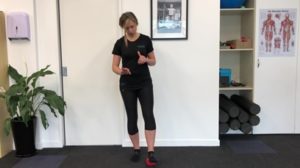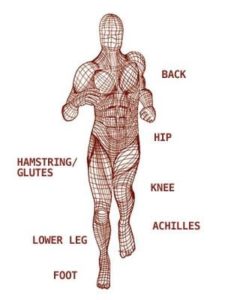More is emerging in the research world about this structure we can find in our body called fascia. It’s literally everywhere! It connects our muscles to the bones (via tendons), acts as a continuum through our muscles and even wraps around all our organs! Without our fascia we would be a pile of bones, muscles and organs on floor! Seems important, right?!
With our line of physiotherapy work, where the majority of injuries involve either the bones or muscles – it is important we take into consideration this connective tissue as it plays such a major role in how we move and function day to day.
What can you do to help your fascia?
There are some simple day to day things that you can do to help keep your fascia happy and healthy.
- Movement! We’ve said it many a time for various reasons (physical and mental health!) but we’ll preach it again – move your body! Your fascia was made for movement – supporting and adapting to the movements you do on day to day basis. Ensure you move your body in restorative ways to support your fascia (and many, many other systems!).
- If you are going to carry out physical activity – warm up appropriately. Again, a broken record, we preach about preparing your body with a dynamic warm up. This couldn’t be more appropriate when it comes to your fascia! If you are going for a run – do some activation exercises for running. Likewise if you are going to lift weights – prepare your body for the task you are going to be asking of it.
- Hydration! Your fascia has a high percentage of water content– and can get dehydrated with low water intake. Keeping hydrated by drinking plenty of water can help keep your fascia tissue hydrated- thus encouraging optimal fluid movement.
How can physio help?
Our physiotherapists are always continuing to learn more and more about fascia and how to support this in our clients.
- We can do myofascial release as part of treatments and show you how to do some of this at home too with foam rollers and myofascial release balls.
- – Cupping, is a great way of releasing and mobilising the fascia. This technique has been around for thousands of years in various forms. At our clinic we use silicone or glass suction cups to gently lift and slide the tissues. This increases the blood flow to the tissues as well as helping the slide and glide of the tissues – plus it feels amazing!
- We can also show you stretches and movements that will aid your myofascial health.
There are also some wonderful bodywork therapists in our community that specialise in this area so we can also refer on if this is appropriate.
Try at home exercise:
Stand with your feet hip width apart, bend forwards as far as you feel comfortable to do so. Take notice if you feel any tightness into your calves, hamstrings or back. Come back up into standing. If you have a fascia release ball – grab it, or if not try using a tennis ball. Roll the ball slowly and not too hard under the sole of your foot covering the whole under surface. After doing this for a few minutes, swap over and repeat on your other foot. Then repeat the forward fold and notice if you feel any difference in your calves, hamstrings or back muscles? You may feel you move a little further? This is due to the fascia release.
At Central Lakes Physio we love assessing and treating fascia related movement impairments – call us on 03 443 1711 to book in to see if we can help you with your fascia!

